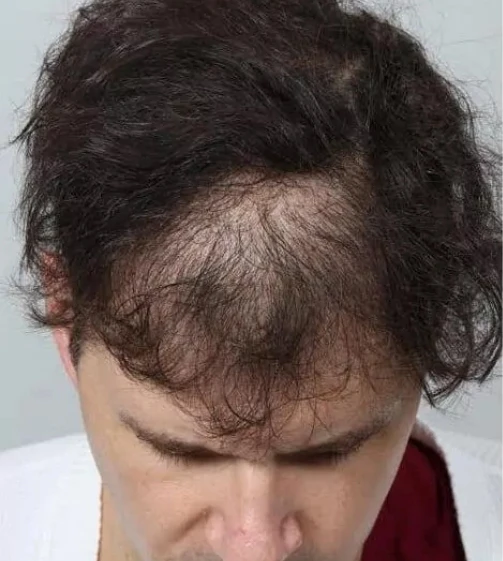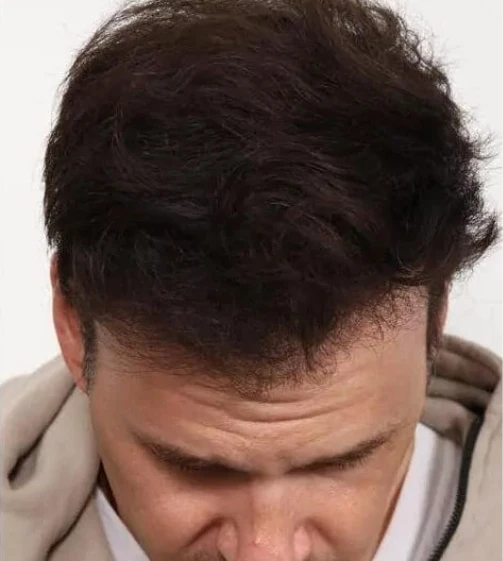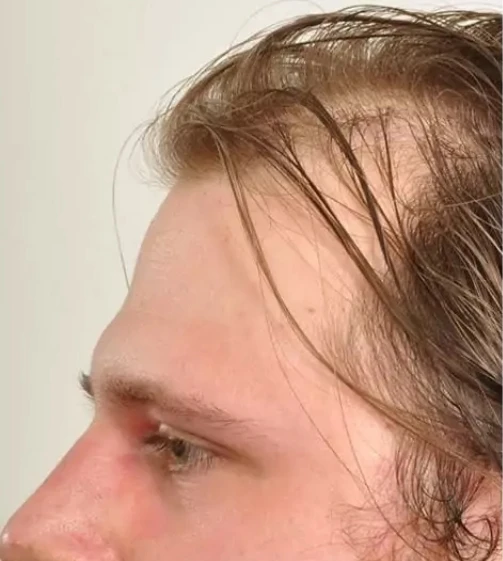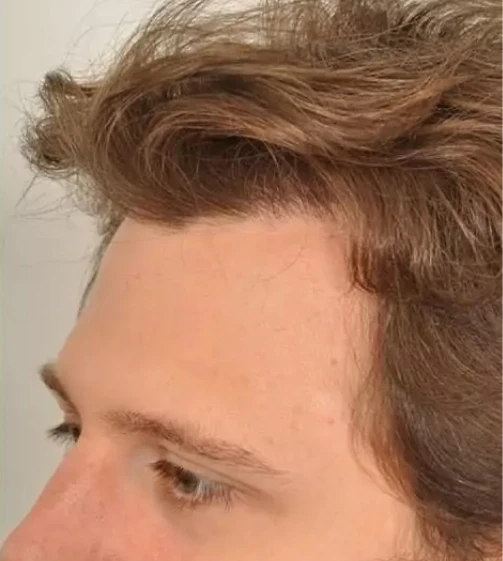Hair loss has come such a long way in the past two decades. Hair restoration is now split into surgical and medical treatment arms, and fortunately, there are many advancements.
Hair transplant has improved leaps and bounds as now we transfer single hair follicles to create natural results, and we have fully abandoned hair plugs. The methods of harvest now involve rotational drills and even robots, such as the Artas iX.
Medical hair restoration has improved with more options for men and women. Originally, only topical minoxidil and oral finasteride were considered. Now we consider oral minoxidil, spironolactone, dutasteride, platelet-rich plasma, laser light therapy, microneedling, botox, saw palmetto, ashwagandha, curcuramin, and other treatment options for hair loss. During your consultation, the best treatment options for your situation will be recommended.





